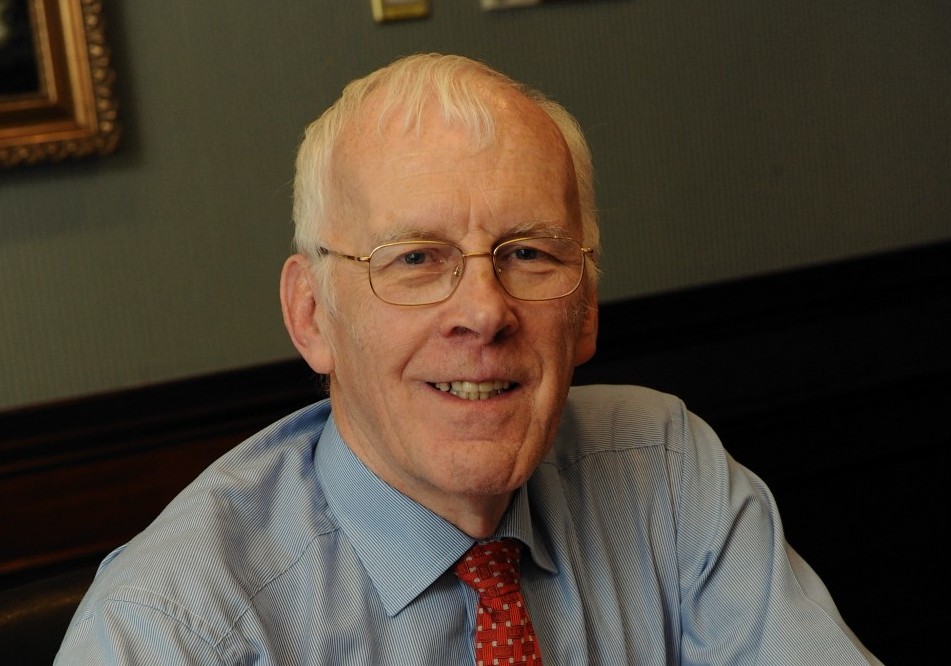For Sir Ian Wood, the everyday reality for tens of thousands of young Scots is unacceptable.
As reported in his major new piece of research on youth unemployment, one in five of those aged between 16 and 24 wake up in the morning “wondering if their country needs them” given they are neither in education, work nor training.
For the Wood Group tycoon, this simply cannot be allowed to be the norm.
Sir Ian, a self-made billionaire from Aberdeen, has set out a raft of measures alongside his colleagues on the Commission for Developing Scotland’s Young Workforce.
The aim is to overhaul the way that the younger generation are equipped to become the workforce of the future.
He said: “Scottish employers are not playing a significant enough role in developing our young workforce nor in recruiting young people.”
The recommendations have been universally welcomed across industry, the education sector and political boundaries as the country faces up to having one of the world’s worst youth unemployment rates in Europe.
Business must be at the heart of the overhaul, with better links between the workplace and the classroom key to bringing down youth unemployment by 40% in the next six years, the report found.
Children should be learning about careers as early as primary school with vocational courses to be offered as soon as they enter secondary education, the commission found.
In addition, a work experience system worthy of the 21st century has also been called for to prevent the lottery of placements.
Urgent action is also required to get businesses recruiting more young people after the commission found that only 29% of employers recruit directly from education, with only 27% offering work experience and just 13% taking on modern apprenticeships.
The Chambers of Commerce Scotland wholly backed Sir Ian’s report last night.
Liz Fowler, chief executive, said businesses must “step up to the plate” and that the public sector must work with the private sector to protect young people, the future needs of business and the economy.”
She said: “Things must change fundamentally – more of the same is simply not an option.”
The commission noted developments in Germany, Switzerland and the Netherlands, where a “culture of deep industry engagement” has been forged with schools and youth unemployment rates are substantially lower than in Scotland.
Chris Keates, general secretary of teaching union NASUWT, said it was time that vocational education was no longer seen as a “second-class” option in Scotland.
He added: “It has not been afforded the parity of esteem it deserves.
“This report contains many sensible and positive recommendations to improve the provision of and support for vocational education.
“The NASUWT has long called for employers to play a greater role in working with schools to support the delivery of skills development and training.
“Fostering greater links between businesses and schools and offering young people greater opportunities to gain vocational qualifications and training is vitally important in supporting the development of a skilled workforce.”
Currently, there are 53,000 young people out of employment, education or training (18.8%).
That is around double the adult unemployment rate although the youth figure in Aberdeen and the surrounding area is far lower at around 3.5%.
Ken Milroy, chairman of the board of North East Scotland College, said much good work was already being done to link young people to the industries on their doorstep.
He said: “The report is to be welcomed. It should be about improved employer engagement between schools, colleges and local employers.
“We already have a good relationship with local authorities and business. I think we just up our game on what we are already doing.”
